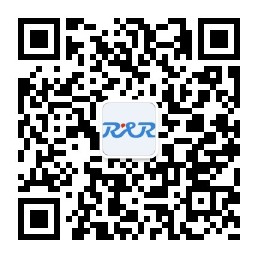The acceptance and introduction of serial communication to more and moreThe acceptance and introduction of serial communication to more and moreapplications has led to requirements that the assignment of message identifiers tocommunication functions be standardized for certain applications. These applicationscan be realized with CAN more comfortably, if the address range that originally hasbeen defined by 11 identifier bits is enlarged.
Therefore a second message format (’extended format’) is introduced that provides alarger address range defined by 29 bits. This will relieve the system designer fromcompromises with respect to defining well-structured naming schemes. Users of CANwho do not need the identifier range offered by the extended format, can rely on theconventional 11 bit identifier range (’standard format’) further on. In this case they canmake use of the CAN implementations that are already available on the market, or ofnew controllers that implement both formats.
In order to distinguish standard and extended format the first reserved bit of the CANmessage format, as it is defined in CAN Specification 1.2, is used. This is done in sucha way that the message format in CAN Specification 1.2 is equivalent to the standardformat and therefore is still valid. Furthermore, the extended format has been definedso that messages in standard format and extended format can coexist within the samenetwork.

